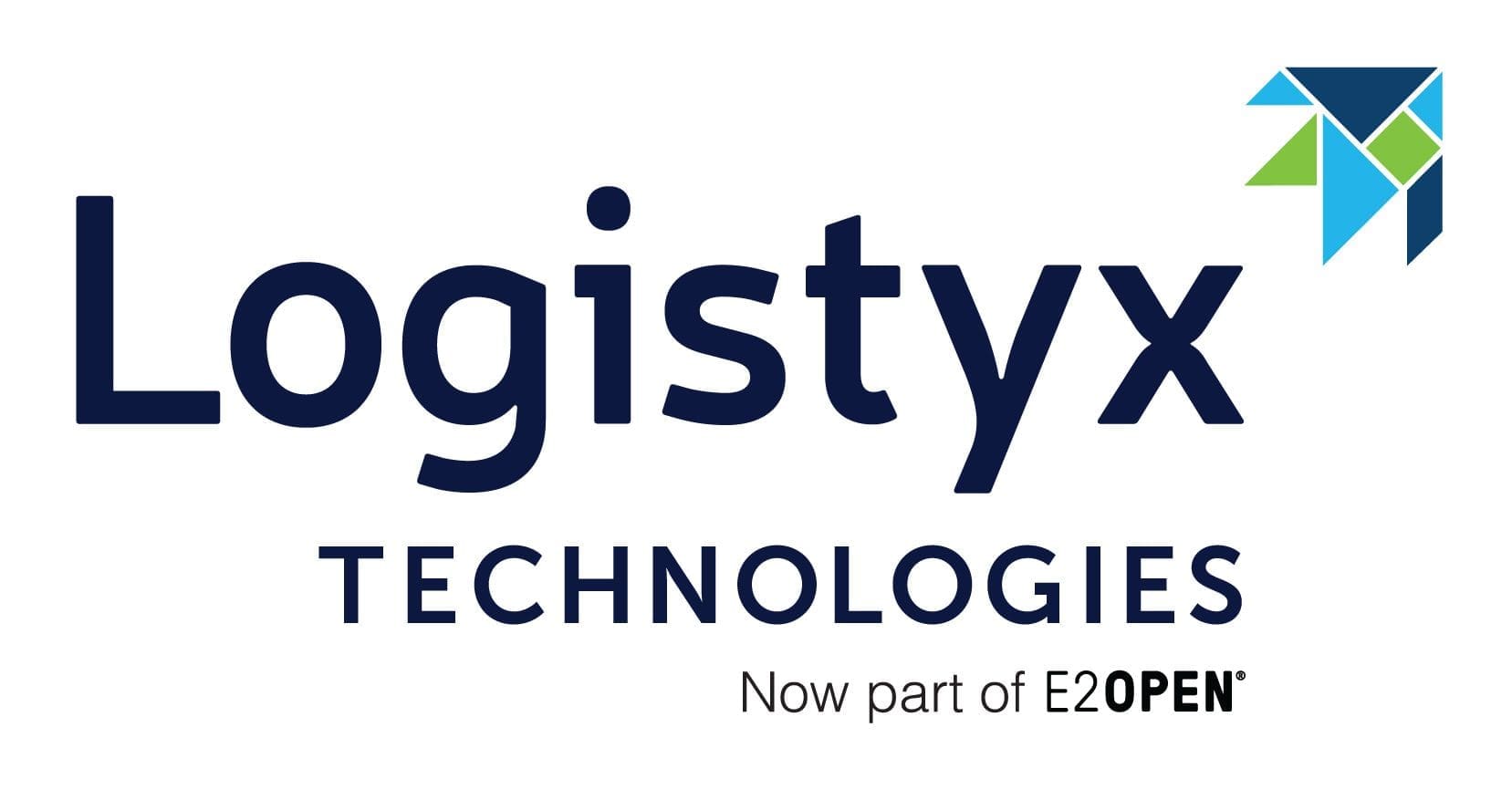Earlier this month, I wrote a posting about the significant benefits RockTenn experienced when it outsourced freight audit to a third party company. In general, companies that outsource freight audit to specialists can expect to save about two percent off their total freight bill in the first year. Ongoing savings, once processes are under better control, will be about half a percent per year.
Alternatively, a shipper can potentially generate similar savings by using a robust transportation management system (TMS) with a freight audit engine.
TMS solutions have rating engines that store preferred carriers by lane and rates. Therefore, almost all TMS solutions can calculate the linehaul costs for a particular shipment. More sophisticated solutions can calculate both the agreed upon lane rate and all planned accessorial charges. Then at execution, the shipment cost is recalculated (because some assumptions made during the planning phase may have changed) and a Bill of Lading (BOL) is generated.
However, for any shipment, unplanned events, and thus unplanned accessorials, can occur. For example, a shipper may have agreed to pay a detention fee if a carrier’s truck has to wait more than four hours to get unloaded.
I mentioned to the folks at Logility that I was planning to write an article on this subject and they volunteered to give me a product demonstration and discuss how their TMS handles these issues. The following description illustrates, at a high level, how a freight match engine works.
In Logility’s TMS, once the freight charges have been recalculated at execution and a BOL has been generated, they have a match step. The BOL has the shipping date, weight, units, carrier and a PRO number. This allows the system to match the BOL with an invoice, even an invoice that does not have complete information, and helps prevent getting billed twice for the same shipment.
The next step is a tolerance check. The freight audit engine looks at the total bill, as well as the linehaul and accessorial costs. The engine flags an invoice for further investigation if the projected payment is not within a defined tolerance of what the shipper expects it to be, on either the line haul or accessorial components, or based on the total bill. The Logility solution allows users to set the tolerances by dollar amount or as a percentage of the total bill variance. It can also be carrier specific. It might be five percent, for example, for LTL shipments but only two percent for more costly rail shipments. Invoices that fail to match closely enough are sent via an alert to the freight payment specialist.
I talked to one of Logility’s customers that is using the freight audit functionality, a wine manufacturer that is doing 20-25 shipments per day. This manager told me that she currently only spends a few hours a week on the match/pay process, and this includes time spent resolving disputes (the audit process is easy because only a small percentage of the freight invoices entered fall into resolution). This was despite the fact that invoices come in manually (not from EDI), and thus have to be entered manually into the TMS, and despite the fact that the tolerances that kick invoices into the dispute resolution process have been tightened down from 5 percent to 2 percent.
But she said you can never totally get your hands around unplanned accessorials. She joked, for example, about the “Amish mafia.” Whenever shipments from her company go to a particular recipient in Pennsylvania, she knows there will be an unplanned accessorial fee associated with unloading the freight. The trucker has to shell out some money to the warehouse employees to get the truck unloaded. She knows this “unplanned accessorial” is going to occur, she just doesn’t know what the exact cost will be.
One piece of advice from Logility is that you have to stay on top of changes in fuel surcharges and accessorials. If you can get all or most of your LTLs on one program, and your TL carriers on a different program, then you only need to make two changes a week in your system and you can cover a large part of your carrier base.
In conclusion, freight audit functionality is not the main way in which shippers generate ROI from implementing a TMS. However, it is another place where shippers can save money. Further, shippers can use the data generated from a freight audit engine to generate key insights into their transportation process and landed costs, which otherwise would not exist.

















Hi Steve,
Thanks for this very nice post, I agree 100% with you on the mentioned benefits and importance of an accurate, but simply-to-perform freight invoice auditing process. The system from Logility you describe seams to be already a big help to the users. However, in my experience, there are still some points to mention, which can make this process even more efficient.
1) The customer (TMS user) must make sure through internal procedures, that every possible movement causing possibly any kind of transportation or transportation related cost (custom, in-transit warehousing, consol center cost etc.) is registered in the TMS at the moment of execution the latest. Invoices for movements not registered in the TMS should be rejected immediately.
2) Each and every movement in the TMS should be then priced with expected cost according to the existing price agreements, including all expectable accessorial charges. All cost concepts should be somehow relational and possible to calculate upfront. Cost per lb in different weight ranges and lanes, FSC based on weekly official DOE fuel prices, warehouse movements per unit / pallet, customs clearance cost per movement etc. This pricing is done of course with help of automated rate engine, where all the agreements and relations are stored and maintained. This engine than propose the best “guess” based on movements details, which is than verified/corrected by the responsible logistics people.
*Golden rule is to keep pricing as simple as possible. Too many concepts and unclear cost / service relations create room for hart to audit invoices and hidden charges. If the audit is than done by people in the operation, we all know what is the consequence: invoices are approved for payment without having the certainty that these are correct – at least sometimes.
3) The service provider (carrier, customs broker, JIT warehouse etc.) should be than notified about each movement (message directly from the TMS, or even better EDI), with TMS internal tracking number and expected cost. In this notification the service provider is to be informed, that he has to mention the TMS internal tracking number for each movement on his invoices, and in case he intends to invoice different amount than expected, he has to clarify the difference BEFORE sending the invoice.
4) Once the invoice arrives at the customer, the auditing is than very simple:
– look up the TMS internal tracking number in the system;
– details about the movements pop up together with the expected cost;
– expected cost = invoices cost, invoice is OK;
– expected cost invoiced cost, well this would be another discussion if to approve it, or ask for correction. Each one has its pro and contra.
– you see also immediately if there is already some invoice for the particular movement (tracking number). In general, you should not allow more than one invoice per movement. This makes the process cleaner and reduces number of processed invoices.
Of course it is much better if it is possible to perform step 4) in connection with EDI, in this way most of the steps can be automated.
In this way, you have in your TMS all your movements with expected or real (in case you have already invoice) cost. This is huge influence (improvement) to the accuracy of logistics cost reports. You can say in any moment:
– the value of service consumed during particular time period, does not matter if you have already invoice or not (combination of expected cost and invoiced cost is used for reporting);
– the value of the financial accrual you need to reflect in your result (consumed, but yet not invoiced services). If you spent some considerable amount on freight, this is very important to the finance department as well.
The idea of this approach is quite simple: do not let your service providers be creative in invoicing. Instead, tell them what they should charge you.
In automotive industry (mainly in Europe) I saw already even higher level of this approach. Instead of telling to the service provider what he should charge you, directly credit his bank account with the expected amount. In this way, you convert the the invoice auditing process into credited amount auditing process and the responsibility for amount verification is at the service provider site.
Hope you find these comments at least not boring … 🙂
Have a great day !
Jiri
linkedin.com/in/jirimencl